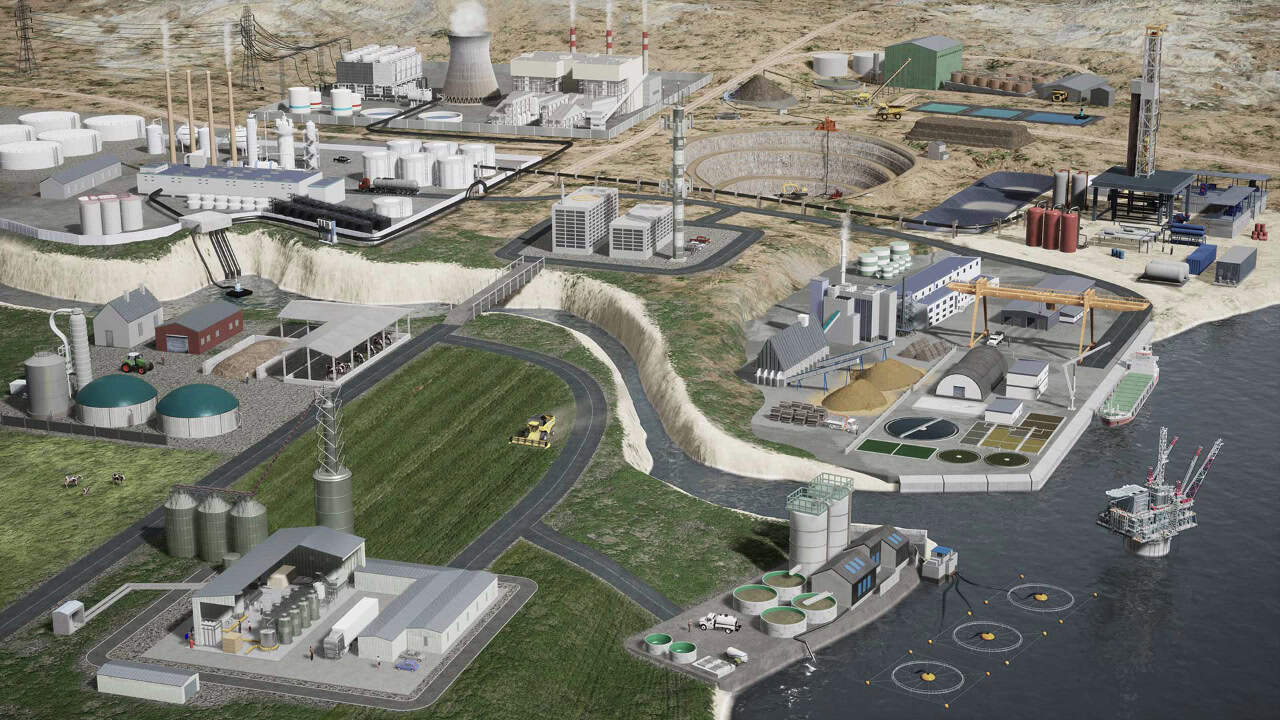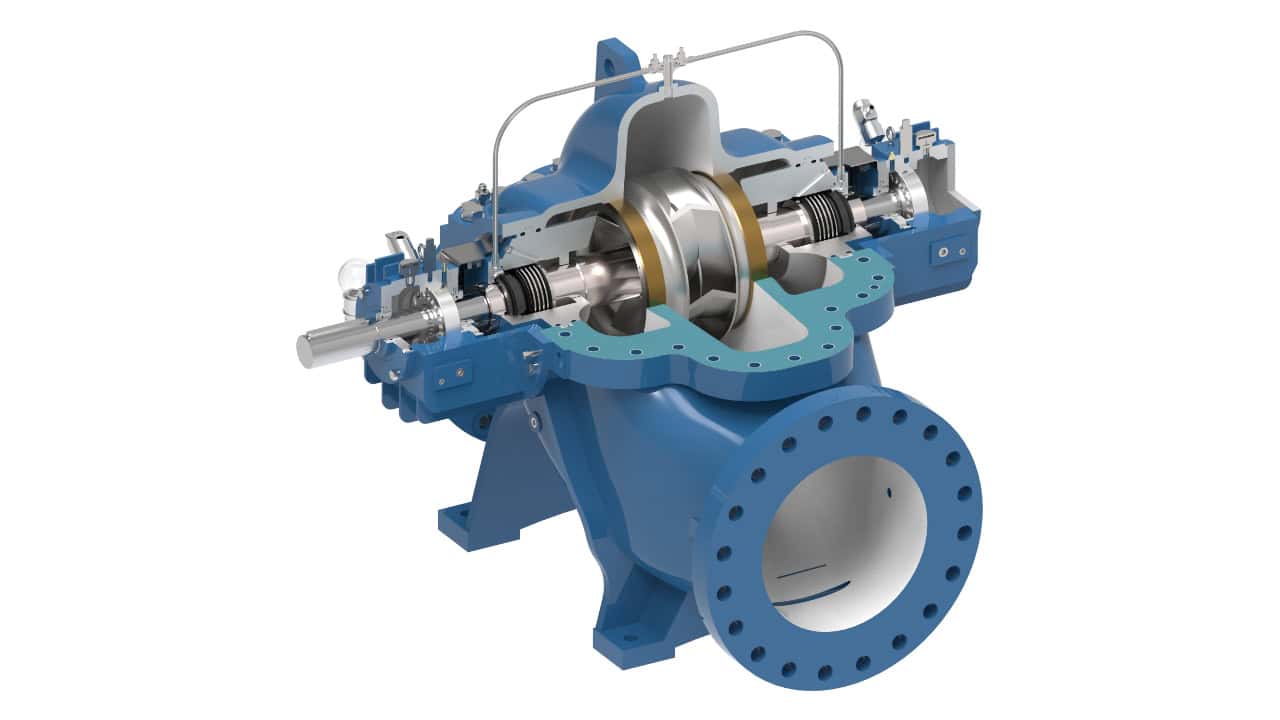
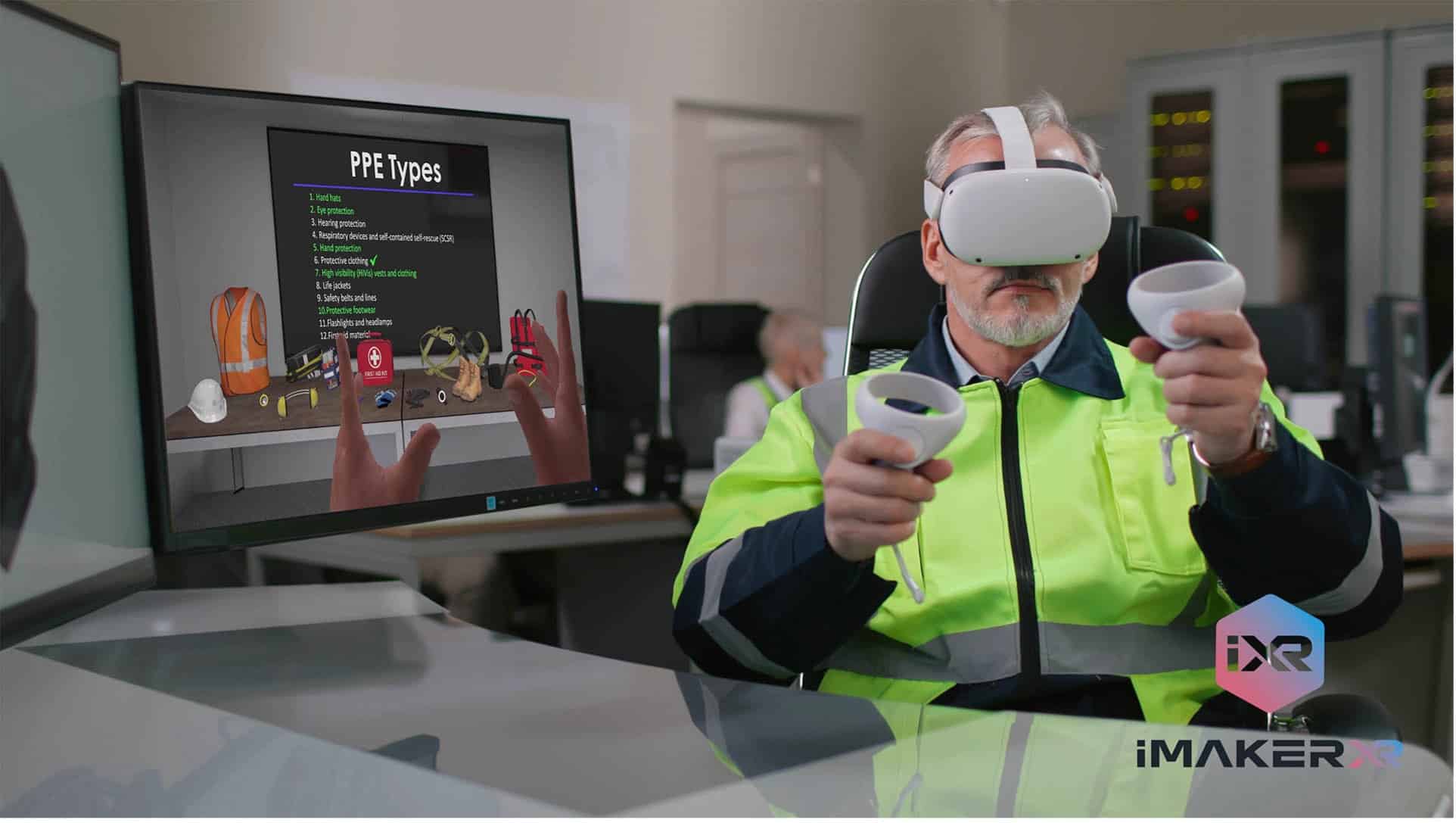
Imagine you’re a safety officer at a large mining company and just heard about an accident at one of your sites. It’s a scenario you’ve dreaded, but now it’s a reality. Consider an alternative situation where you’ve used virtual reality, or VR, in your safety training. Your employees have practiced handling dangerous situations in a risk-free environment. They’ve learned from their mistakes without any real-world consequences. The difference could be life-changing. Here, we will explore how VR technology is transforming health and safety training and operational efficiency in the mining industry and why it’s worth your attention.
Virtual reality is a powerful tool being successfully implemented across various industries including healthcare, construction, logistics, manufacturing, and mining. To fully grasp the impact of virtual reality in the mining industry, you need to delve into its multifaceted roles, from improving safety training to enhancing operational efficiency.
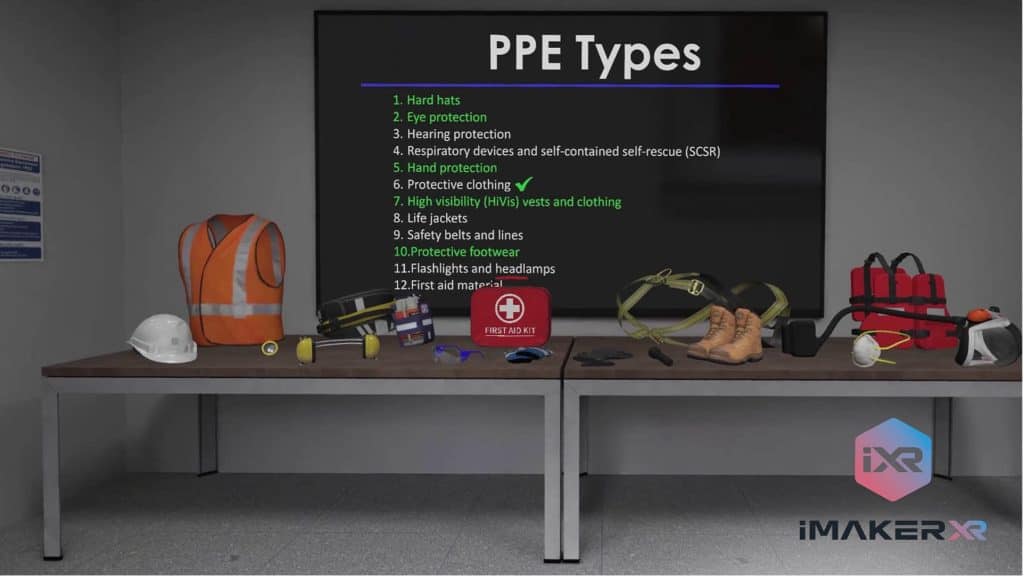
Imagine donning a VR headset. After successfully equipping your avatar with the necessary Personal Protective Equipment (PPE), you find yourself suddenly immersed in the depths of an underground mine. Every detail feels real, from the echoing sounds of heavy machinery working nearby to the ever-looming darkness beyond. This isn’t a game but a highly sophisticated training simulation. In this training session, you might be learning how to quickly identify potential hazards, safely navigate a complex environment, operate heavy machinery in confined spaces, or quickly respond to an emergency – all without setting foot in an actual mine.
And here lies the power of VR technology. It’s not just about creating highly realistic simulations but also about creating an accessible, deeply immersive, interactive experience. With only a VR headset, you can be transported to a remote mine site where you are not just observing; you’re participating, learning in a hands-on environment that’s as close to the real thing as you can get. It’s a safer, more effective way to train.
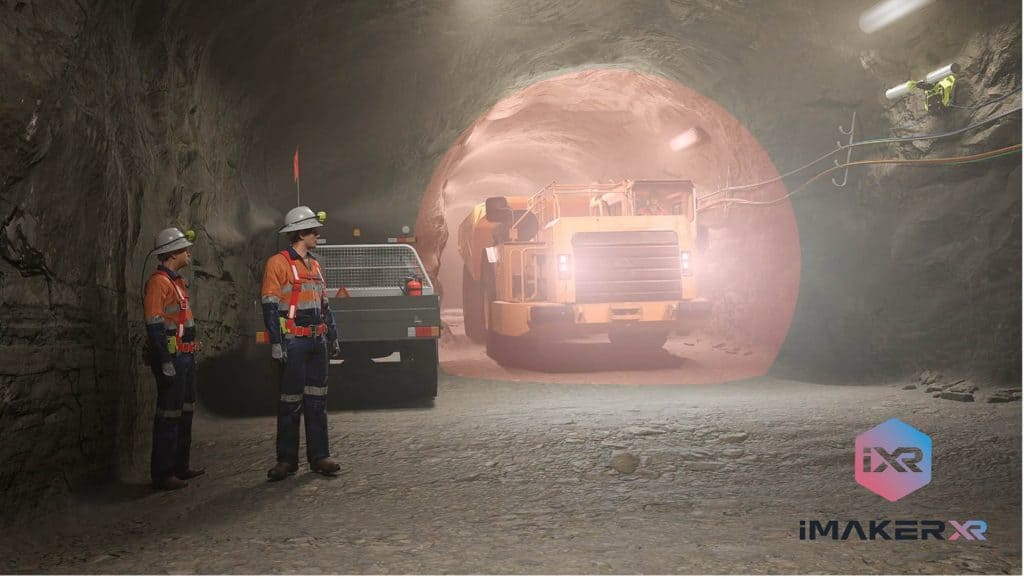
And it’s not just about health & safety training. VR can also improve operational efficiency by providing detailed, accurate models of mining sites and equipment. Teams can collaboratively review and optimize mine layouts, resource allocation, and extraction strategies, allowing for better planning and decision-making. Equipment breakdowns can be simulated to train maintenance staff, helping them effectively troubleshoot and fix issues, minimizing downtime.
In short, VR technology is reshaping the mining industry, leading to significant enhancements in both safety and efficiency and ultimately propelling the industry toward a technologically advanced future.
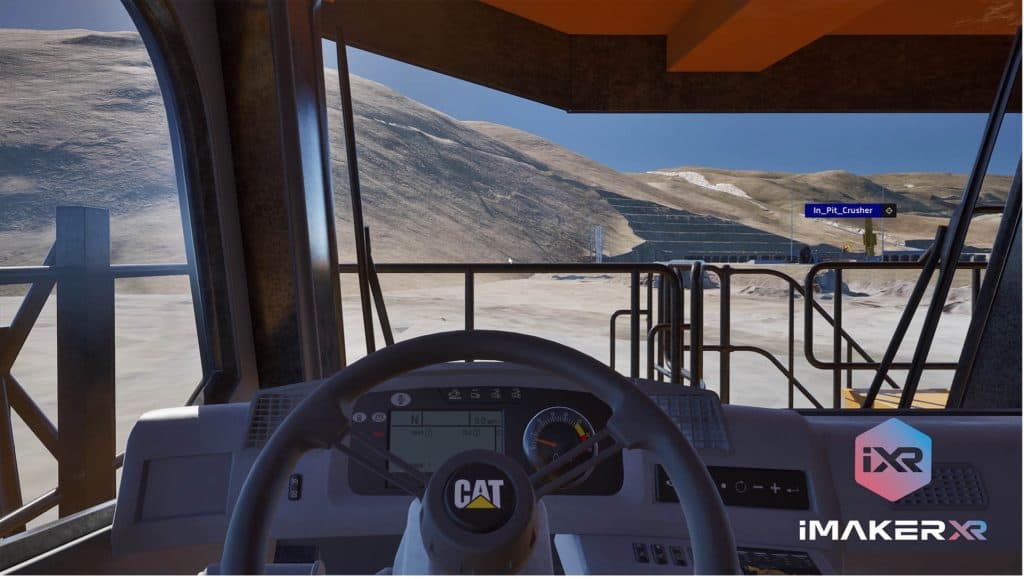
When comparing VR training to traditional methods, you’ll find that VR’s immersive, hands-on approach significantly trumps conventional classroom-based learning in the mining industry. Traditional training programs often involve costly, time-consuming travel and scheduling, while VR training can be conducted off-site and on-demand, ensuring cost efficiency.
Moreover, traditional methods use static materials that can’t replicate the dynamic, hazardous environments miners encounter. Conversely, VR provides real-time, interactive scenarios that closely mirror actual mining conditions.
VR training allows you to rehearse procedures and react to virtual hazards without the real-world risks. You’ll experience sensory feedback, visual cues, and simulated situations that make learning more engaging and memorable. Traditional methods can’t evoke the same level of emotional and cognitive engagement.

Regarding cost efficiency, VR training platforms have high upfront costs, but the long-term savings are significant. You eliminate travel expenses, reduce equipment wear and tear, and decrease downtime for training. Additionally, you’re investing in a system that adapts to evolving industry standards and technologies.
Therefore, while virtual reality training requires initial capital, its effectiveness and cost efficiency make it a viable alternative to traditional training methods in the mining industry.
Building on the advantages of VR training in the mining industry, let’s consider its specific benefits in health and safety training. In this area, virtual reality offers significant benefits beyond traditional training methods.
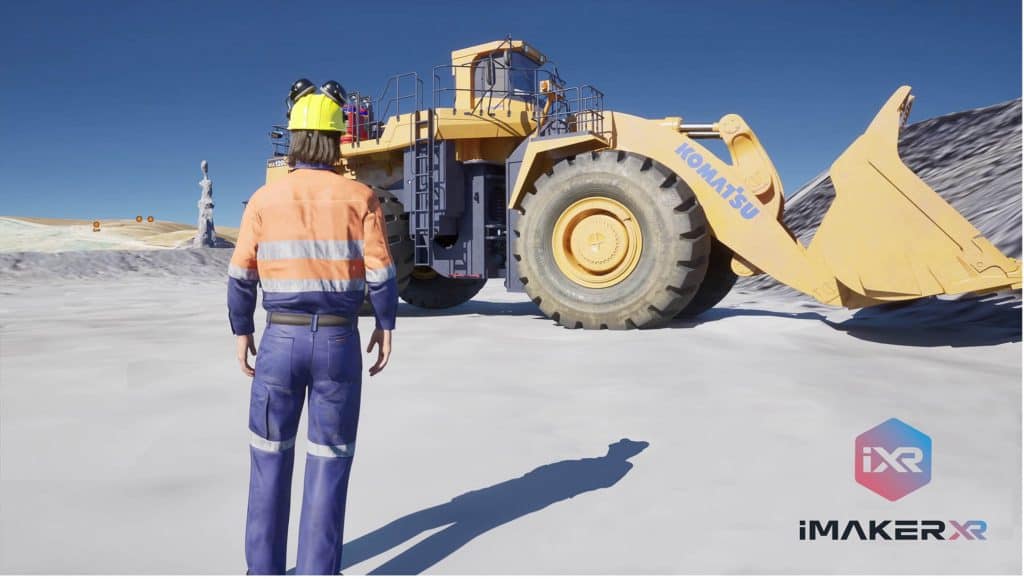
It is also worth exploring this technology’s untapped potential in shaping the industry’s future. You’ll find that overcoming current limitations in virtual reality will open a world of possibilities.
Consider these potential advancements:
In essence, the future of virtual reality in mining holds immense promise, with the potential to revolutionize the industry.
In summary, VR technology is significantly reshaping the landscape of health and safety training and operational efficiency within the mining sector. iMakerXR stands out as a key facilitator, empowering mining companies to enhance their standards in these crucial areas. Virtual reality isn’t just a buzzword; it’s making mines safer and workers more effective. Initial investment costs are being offset by long-term operational savings. Success stories validate its potential, and ongoing advancements promise even greater possibilities. Harness the transformative power of iMakerXR’s VR technology to revolutionize your mining operations, ushering in an era marked by enhanced safety measures, improved operational efficiency, and the evolution of a highly skilled workforce.

